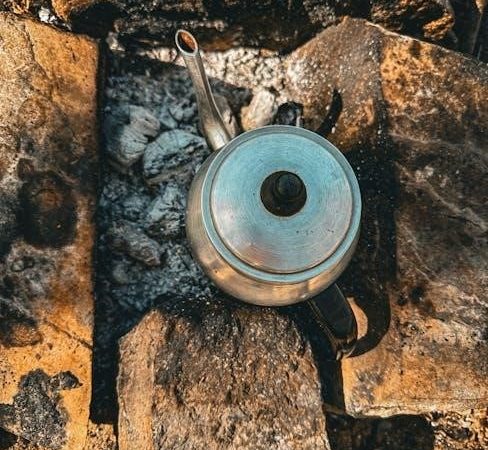fragrance guide
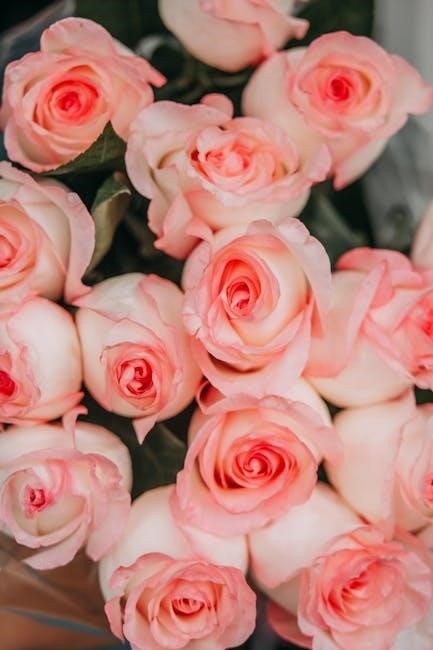
Fragrance is a timeless element of human culture, evoking emotions and creating memories. From ancient rituals to modern self-expression, it defines personal style and identity, guiding us through history, types, and tips for perfect scent selection.
1.1 What is Fragrance?
Fragrance is a blend of essential oils, aroma compounds, and solvents that create unique scents. It is used in perfumes, colognes, and other products to provide a pleasant sensory experience. Fragrances are composed of top, heart, and base notes, which evolve over time, offering depth and complexity. Whether used for luxury or everyday wear, fragrances are a form of self-expression, available in various concentrations like Eau de Toilette and Eau de Parfum, catering to diverse preferences and occasions.
1.2 The Importance of Fragrance in Daily Life
Fragrance plays a vital role in daily life, enhancing mood and reducing stress. It evokes emotions, creates memories, and serves as a form of self-expression. Whether boosting confidence or setting the tone for an occasion, fragrances are deeply personal, reflecting individuality. They also influence first impressions and social interactions, making them a subtle yet powerful tool in personal and professional settings. Fragrance is not just a scent; it’s a way to connect with oneself and the world.
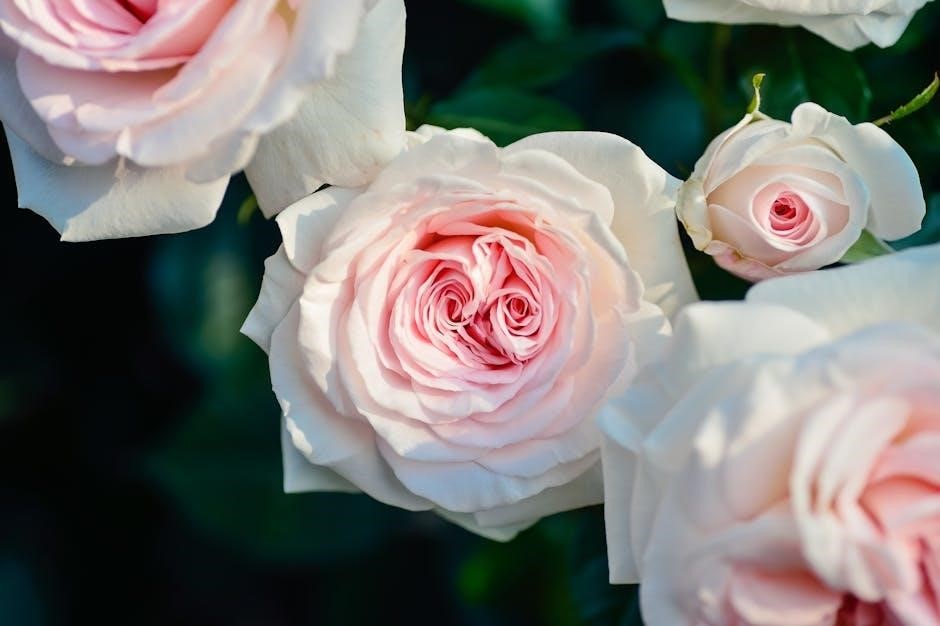
History of Fragrance
Fragrance has ancient roots, evolving from sacred rituals to modern luxury. Its journey spans millennia, shaped by cultural exchange and technological advancements, becoming a global sensory art form.
2.1 Ancient Civilizations and the Origins of Perfumery
The art of perfumery traces its origins to ancient civilizations, with the Egyptians pioneering aromatic blends around 3000 BCE. They combined essential oils and resins like myrrh for religious and personal use. The Greeks and Romans later refined techniques, introducing distillation and using fragrances in baths and public spaces. These early practices laid the foundation for perfumery as a luxury and status symbol, evolving through trade and cultural exchange over millennia.
2.2 Evolution Through the Middle Ages and Renaissance
During the Middle Ages, perfumery spread to Europe through trade routes, with cities like Venice emerging as fragrance hubs. By the Renaissance, perfumes evolved from masking odors to symbols of sophistication. This period marked a shift from practical use to luxury, setting the stage for modern perfumery.
2.3 The Industrial Revolution and Modern Perfumery
The Industrial Revolution transformed perfumery, making fragrances more accessible. Advances in chemistry and production led to synthetic ingredients, expanding scent possibilities. By the 20th century, iconic fragrance houses like Chanel and Guerlain emerged, shaping modern perfumery. Today, the industry continues to evolve with scientific innovations and a focus on sustainability, offering diverse options to suit individual preferences and lifestyles.
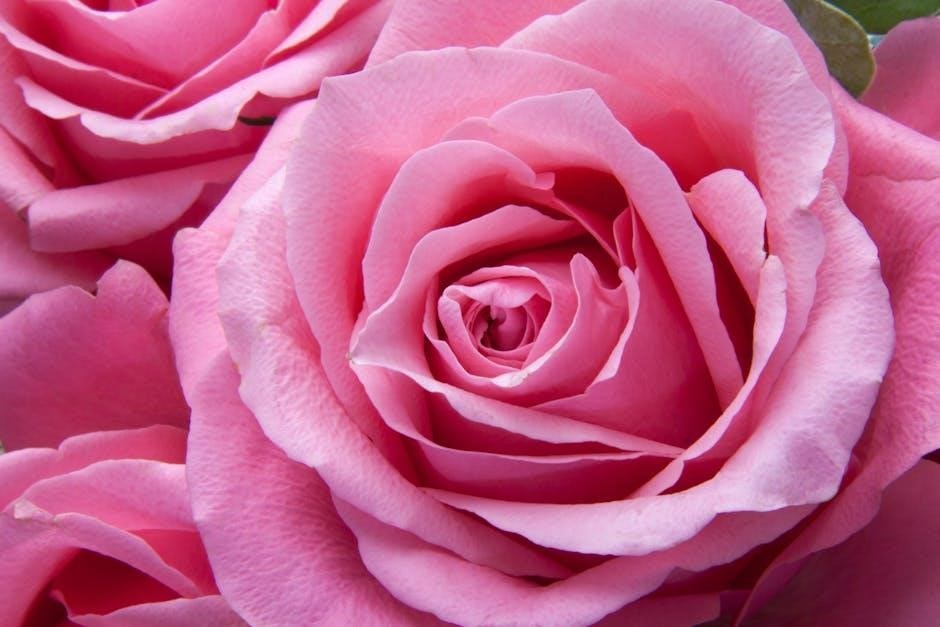
The Fragrance Wheel
The Fragrance Wheel organizes scents into families like Fresh, Floral, Woody, and Oriental, helping to navigate and understand the relationships between different fragrance categories effectively.
3.1 Understanding the Fragrance Families
Fragrance families are the cornerstone of scent classification, grouping perfumes by their dominant notes. The four main families—Fresh, Floral, Woody, and Oriental—each evoke distinct emotions. Fresh scents, like citrus, offer vibrancy, while Florals, such as rose, provide elegance. Woody fragrances, featuring cedar or sandalwood, exude warmth, and Orientals, with amber and spices, create sensuality. Understanding these families helps navigate the fragrance world, making it easier to identify personal preferences and explore new scents with confidence.
3.2 Fresh Fragrances
Fresh fragrances are characterized by their invigorating and uplifting qualities, often featuring citrus, green, and aquatic notes. Scents like lemon, grapefruit, and mint create a sense of refreshment, making them ideal for daytime and spring/summer wear. These fragrances are light, energizing, and perfect for casual settings, offering a crisp and clean aroma that revitalizes the senses.
3.3 Floral Fragrances
Floral fragrances are timeless and elegant, capturing the essence of blossoms like roses, jasmine, and lavender. These scents evoke romance and sophistication, making them ideal for both daytime and evening wear. Lighter florals are perfect for spring, while richer blends suit formal occasions, offering a classic and versatile choice for any setting.
3.4 Woody Fragrances
Woody fragrances are earthy and grounding, often featuring notes like cedarwood, sandalwood, and patchouli. These scents evoke the natural world, offering warmth and depth. They are popular in both men’s and women’s perfumes, providing a versatile option for various occasions. Woody aromas are rich and long-lasting, making them a classic choice for those who appreciate a robust, natural scent that lingers elegantly throughout the day.
3.5 Oriental Fragrances
Oriental fragrances are rich, warm, and exotic, often featuring notes of amber, vanilla, musk, and spices like cinnamon and cloves. These scents are deep and complex, creating a sophisticated aroma. Ideal for evening wear, oriental fragrances are perfect for formal occasions, offering a bold and lingering presence. Their warmth and depth make them a popular choice for those seeking a dramatic and memorable scent that stands out.
Understanding Fragrance Notes
Fragrance notes are the layers of scents in a perfume, divided into top, heart, and base notes. They create a harmonious evolution of aroma, shaping the overall fragrance experience.
4.1 Top Notes: The First Impression
Top notes are the initial scents perceived upon application, lasting minutes to an hour. They are typically light, fresh, and citrusy, setting the fragrance’s tone. These notes evaporate quickly, making way for heart notes. Common ingredients include citrus, green, and aquatic elements, designed to captivate and leave a lasting first impression. They are crucial in determining the fragrance’s overall character and appeal.
4.2 Heart Notes: The Main Body
Heart notes emerge after the top notes fade, forming the fragrance’s core. They last several hours, providing depth and complexity. Often floral, spicy, or fruity, these notes define the scent’s character. Heart notes are essential for creating a lasting impression, as they linger and evolve, blending seamlessly with base notes to craft a harmonious olfactory experience. They are the soul of the fragrance, shaping its identity and appeal.
4.3 Base Notes: The Lingering Scent
Base notes are the final layer of a fragrance, appearing after heart notes fade. Rich and deep, they linger on the skin, often featuring woody, musky, or amber tones. These notes add warmth and longevity, providing a lasting impression. Base notes are crucial for extending a fragrance’s life, ensuring it remains noticeable for hours. They are the foundation that ties all elements together, creating a memorable and enduring scent experience.
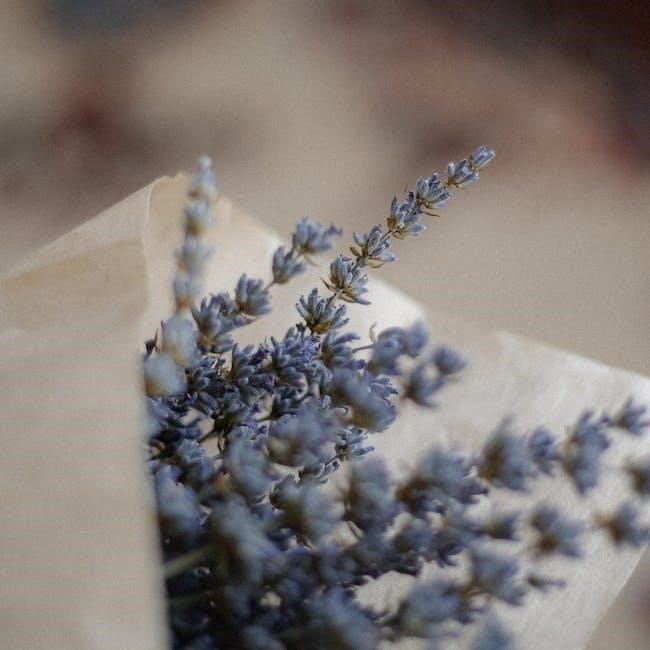
Fragrance Concentration Levels
Fragrance concentration levels determine a scent’s strength and longevity. They are defined by the amount of essential oils in the formula. Higher concentrations mean richer, longer-lasting fragrances. Common levels include Eau de Toilette, Eau de Parfum, and Extrait de Parfum, each offering unique wear experiences.
5.1 Eau de Toilette
Eau de Toilette (EdT) is a popular fragrance concentration, typically containing 5-15% essential oils. It is light, refreshing, and ideal for everyday use, especially in warmer weather. EdT is less intense than Eau de Parfum, offering a subtle scent that lasts for 2-3 hours. Its lower concentration makes it perfect for casual settings and daytime wear, providing a fresh, airy aroma without overwhelming the senses. It is also generally more affordable than stronger concentrations.
5.2 Eau de Parfum
Eau de Parfum (EdP) is a fragrance concentration with 10-20% essential oils, offering a longer-lasting scent than Eau de Toilette. It provides a balanced aroma, typically lasting 4-6 hours, making it suitable for both daytime and evening use. EdP is a versatile choice, ideal for those seeking a noticeable yet not overpowering fragrance. Its moderate strength and duration make it a popular option for everyday wear and special occasions alike, catering to a wide range of preferences and settings.
5.3 Extrait de Parfum
Extrait de Parfum is the most concentrated fragrance form, typically containing 20-30% essential oils. It offers a rich, intense scent with exceptional longevity, lasting up to 8 hours. Often reserved for special occasions, it is applied sparingly due to its potency. This luxurious option is ideal for fragrance connoisseurs seeking a profound, lingering aroma. Its depth and complexity make it a premium choice for those who appreciate a sophisticated, long-lasting fragrance experience.
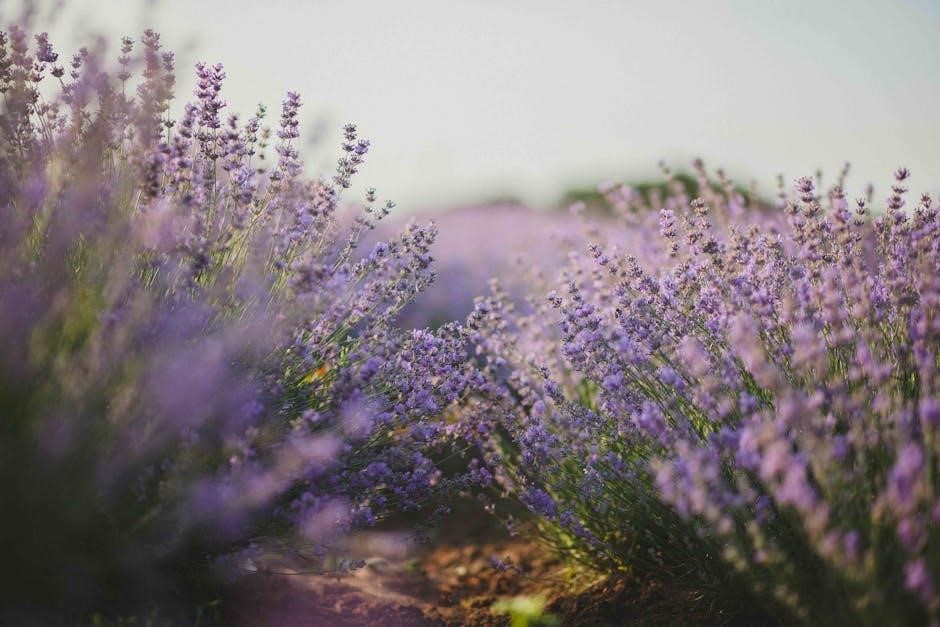
How to Choose Your Signature Scent
Identify your preferences, test fragrances on skin, and consider occasions. Personal style, body chemistry, and emotional responses guide the selection of a scent that truly represents you;
6.1 Identifying Personal Preferences
Start by reflecting on the scents you naturally gravitate toward, such as citrus, floral, or woody notes. Consider your lifestyle and preferences—do you prefer light, fresh aromas for everyday wear or richer, deeper scents for special occasions? Your personal style and emotional connections to certain smells can help narrow down your options and guide your fragrance journey.
6.2 Considering Body Chemistry
Body chemistry significantly impacts how a fragrance smells on you. Oils in your skin can alter notes, making the same scent vary from person to person. Test fragrances on your skin rather than blotter strips to ensure compatibility. Apply a small amount to pulse points and allow it to settle for 10-15 minutes. This reveals how the top, heart, and base notes interact with your unique chemistry, ensuring a scent that complements you naturally.
6.3 Fragrance for Different Occasions
Choosing the right fragrance for different occasions enhances its impact. Light, fresh scents like citrus or floral notes are ideal for daytime and casual settings, while richer, woody, or oriental fragrances suit formal evenings. Seasonal variations matter too—opt for lighter options in summer and deeper, warmer scents in winter. Tailoring your fragrance to the occasion ensures it complements the mood and environment, making a lasting impression.
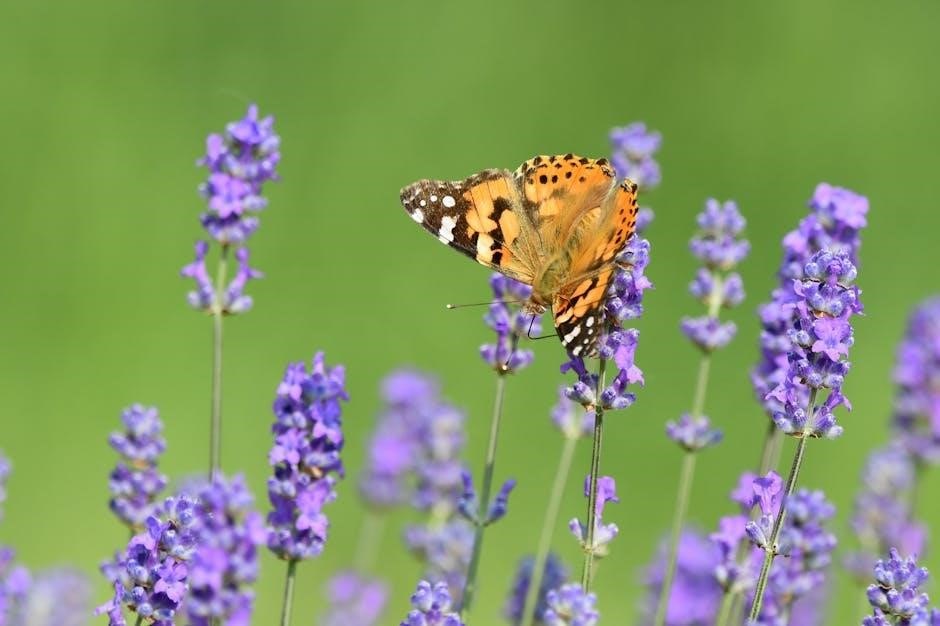
Fragrance and Body Chemistry
Fragrance interacts uniquely with individual skin types, influencing scent longevity and character. Understanding how your skin affects fragrance helps tailor choices for personal chemistry and optimal wear;
7.1 How Skin Type Affects Fragrance
Skin type significantly influences fragrance longevity and character. Oily skin retains scents longer, while dry skin may cause fragrances to fade quickly. Sensitive skin may react to certain ingredients, requiring hypoallergenic options. Testing fragrances on your skin helps determine compatibility, ensuring the scent evolves naturally and lasts effectively, making it essential to consider skin type when selecting a fragrance for optimal wear and personal satisfaction.
7.2 Testing Fragrances on Skin
Testing fragrances on skin is crucial, as scents interact differently with individual chemistry. Apply a small amount to the wrist or inner elbow, allowing it to settle. Avoid rubbing, as this alters the scent. Wait 10-15 minutes for top, heart, and base notes to emerge. This process reveals how the fragrance evolves on you. Testing ensures compatibility and helps identify the perfect scent for your unique skin type and preferences.
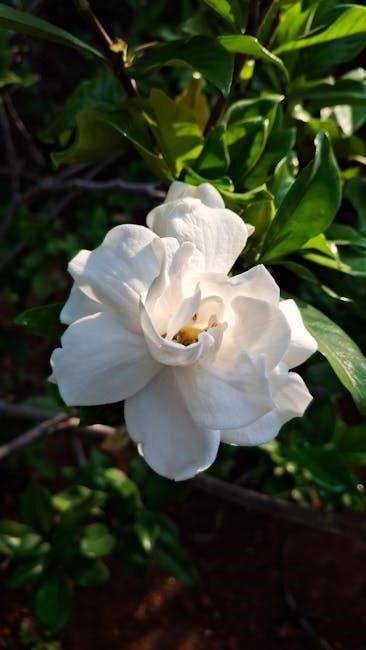
Fragrance for Different Occasions
Fragrances should match the occasion, with lighter scents for daytime and casual settings, while richer, woody, or oriental fragrances suit formal evenings or seasonal wear.
8.1 Daytime vs. Evening Fragrances
Daytime fragrances are typically lighter, such as citrus or floral scents, perfect for casual settings. Evening fragrances are richer, like woody or oriental notes, ideal for formal events. Seasonal considerations also play a role, with fresher scents suiting summer and warmer, heavier fragrances fitting winter. Choosing the right scent for the occasion enhances its impact and ensures it complements the time of day and weather conditions effectively.
8.2 Seasonal Fragrance Selection
Seasonal fragrance selection enhances sensory experiences. Light, fresh scents like citrus or aquatic notes are ideal for summer, offering a refreshing feel. In contrast, colder months call for richer, warmer fragrances such as woody or oriental scents, which evoke comfort and coziness. This seasonal approach ensures fragrances complement the environment, creating harmonious moods and lasting impressions.
How to Apply Perfume
Apply perfume to pulse points like wrists, neck, and behind ears. Use 2-3 sprays for optimal scent diffusion. Consider body chemistry for lasting fragrance impact.
9.1 Proper Application Techniques
Proper perfume application enhances longevity and scent diffusion. Apply to pulse points like wrists, neck, and behind ears. Gently dab, don’t rub, to avoid breaking fragrance molecules. For a subtle touch, spray once; for intensity, apply twice. Moisturizing skin beforehand helps fragrance last longer. Avoid over-application to prevent overwhelming others. Test on skin to ensure compatibility and optimal scent expression.
9.2 The Right Amount to Apply
The ideal amount of fragrance varies, but 2-3 sprays are typically sufficient for all-day wear. Over-application can overwhelm others and trigger sensitivities; Lighter scents may require a little more, while stronger ones need less. Apply based on personal preference and the fragrance’s strength. Spraying too much can shorten longevity, as the scent may fade faster. Balance is key to enjoying your fragrance without overpowering those around you.
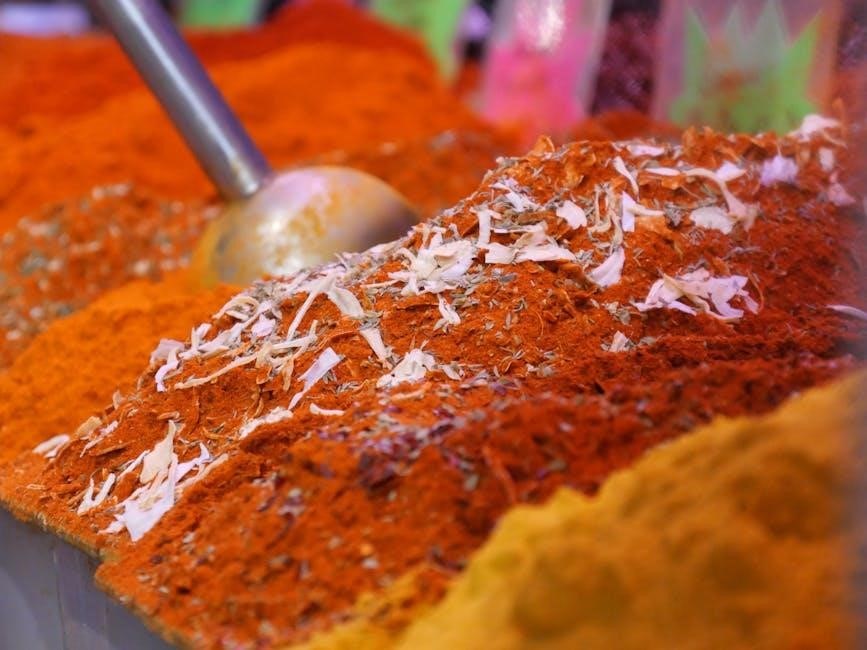
Tips for Making Fragrance Last Longer
Apply fragrance on pulse points and moisturized skin for better longevity. Avoid rubbing wrists, as it breaks down scent molecules. Use unscented lotion as a base and reapply lightly throughout the day for a consistent aroma.
10.1 Moisturizing Before Application
Moisturizing your skin before applying fragrance enhances its longevity and prevents the scent from fading quickly. Dry skin absorbs fragrance unevenly, reducing its duration. Apply an unscented lotion to pulse points to create a hydrated base, allowing the fragrance to diffuse smoothly and last longer. This step ensures the scent remains vibrant and consistent throughout the day, avoiding premature disappearance. Properly moisturized skin maximizes the fragrance’s potential, making it a simple yet effective tip for a lasting impression.
10.2 Avoiding Over-application
Over-applying fragrance can overwhelm the senses and shorten its longevity. Using 2-3 sprays is sufficient for most occasions. Excessive application may cause headaches or allergic reactions in others. Fragrance notes interact with skin chemistry, so testing on skin is essential. Applying the right amount ensures a balanced scent that lasts without being overpowering, creating a pleasant experience for both the wearer and those around them.
How to Store Fragrances
Store fragrances in a cool, dark place, away from direct sunlight and heat sources. Avoid bathrooms and humidity to preserve scent quality and longevity effectively.
11.1 Ideal Storage Conditions
Proper storage is essential to preserve fragrance quality. Keep bottles away from direct sunlight, heat sources, and humidity. A cool, dark place, such as a drawer or cupboard, is ideal. Avoid storing fragrances in bathrooms or areas with fluctuating temperatures. Ensure the cap is tightly sealed to prevent oxidation and scent alteration. By maintaining these conditions, your fragrances will last longer and retain their original aroma and intensity.
11.2 Avoiding Common Storage Mistakes
Avoid storing fragrances in direct sunlight, heat sources, or humid environments, as these can degrade the scent. Never keep perfumes in bathrooms or cars, where temperature fluctuations are common. Avoid exposing fragrances to extreme cold or heat, as this can alter their chemical composition. Refrain from storing them near open windows or in attics. Proper storage ensures longevity and preserves the fragrance’s original aroma and intensity, preventing unnecessary degradation.
The Emotional Impact of Fragrance
Fragrance is deeply tied to emotions and memories, evoking feelings and experiences. Scents can boost mood, reduce stress, and enhance focus, creating a personal connection. The right fragrance inspires confidence and leaves a lasting impression, becoming an invisible yet powerful part of self-expression and identity.
12.1 Fragrance and Memory
Fragrance is deeply intertwined with memory, as scents trigger vivid recollections of people, places, and moments. The brain’s limbic system links smells to emotional experiences, making fragrances powerful memory cues. A familiar scent can instantly evoke nostalgia or joy, connecting us to past experiences. This emotional bond explains why certain fragrances remind us of loved ones or specific events, highlighting the profound role scent plays in preserving memories and emotions.
12.2 The Psychology of Scent
The psychology of scent reveals how fragrances influence emotions, mood, and behavior. Certain scents can reduce stress, boost confidence, and even enhance focus. Fragrance preferences are deeply personal, often shaped by cultural and individual experiences. Scent plays a subtle yet powerful role in attraction and social interactions, with some fragrances evoking feelings of warmth and others exuding sophistication. This emotional connection highlights scent’s profound impact on mental well-being and self-expression.
Fragrance is a profound expression of identity, weaving through history, culture, and personal style. This guide has explored its evolution, families, notes, and application, offering insights to help you navigate the vast world of scents. Whether evoking memories or boosting confidence, fragrance is a personal journey. Embrace its emotional power, experiment with new scents, and find the one that truly reflects you, making it an unforgettable part of your daily life and legacy.



